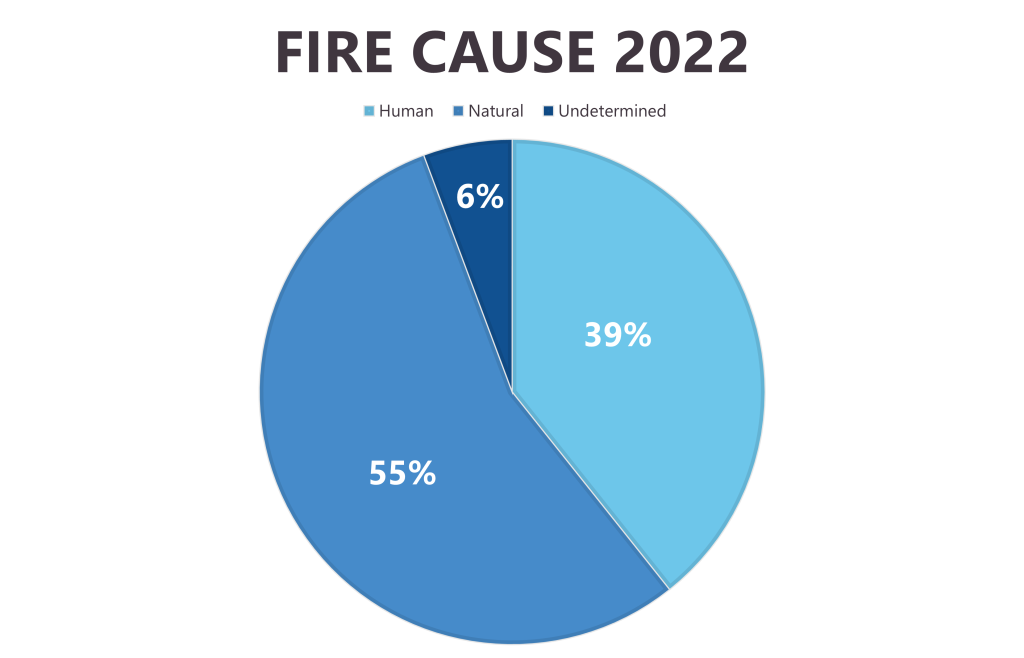Widespread thundershowers across the southern half of the province today will result in new wildfire starts. The winds associated with this weather may result in growth on existing wildfires. In anticipation of this weather wildfire crews across the province are maintaining high initial attack readiness; this means initial attack crews and aircraft stationed strategically throughout the province where lightning is anticipated. Two unit crews arrived from Alberta last night to support work on existing wildfires.
Overall the BC Wildfire Service has 1,371 personnel assigned to active wildfires with another 512 on standby. There are currently 83 helicopters and 33 airtankers available.
For more information about how this weather event will impact new ignitions and existing wildfires, watch this brief operational update from BC Wildfire Service superintendent of predictive services, Neal McLoughlin.
Weather forecast
Today, widespread thunderstorms are forecast from the North Cascades through the Kamloops Fire Centre into the Monashees. More scattered thundershowers are anticipated across the northern Cariboo and southern portion of the Prince George Fire Centre. These thundershowers will persist through the evening in the Cariboo, the Monashees and over into the Kootenays.
Friday will see continued thunderstorms, though not as severe or widespread as those forecast for today.
Saturday is of particular concern for wildfire behaviour on existing wildfire incidents given the forecast for intense winds.



Fire bans and restrictions
The next Provincial Wildfire Status Update will be provided on August 15, 2022.
Understanding fire danger
In the operational update provided above, a member of the BC Wildfire Service predictive services team talks about the potential for new wildfires to start and existing wildfires to grow under certain conditions. Simply, this is determined by assessing how short-term weather forecasts are expected to influence fuel moisture conditions. Fires ignite easier and more fuel is available to burn as conditions get drier. The combination of factors that fire behaviour specialists use is known as the Canadian Forest Fire Weather Index System; this is the science behind the fire danger rating in British Columbia. Learn more about what goes into the assessment of Low, Moderate, High or Extreme fire danger in this brief video from our friends at FireSmart BC.



